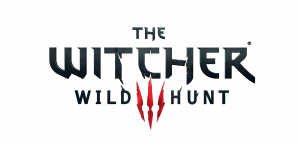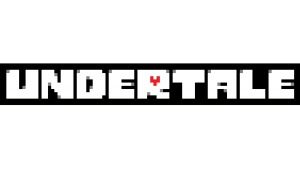When localizators translate an interactive work , a movie, a book and even advertising, there are elements that can not be translated literally. For example there are puns or fantasy names that could not have any sense in the target language. In these cases, they use transcreation which is a process that consists in recreating the sentence completely by considering the cultural context and the target language.
Video game localization offers many practical examples of transcreation. There are names, both of characters, cities or abilites, that must be translated in an original way. GLOS proposes four examples of video games in which transcreation was used.

Child of Light
This peculiar role-play game, published in 2014 by Ubisoft, puts us in the shoes of Aurora, a young princess who must save her father. In this fairy-tale context, all the texts and dialogues are rhymed in a iambic pentameter style. To mantain this choice, Italian translators tried to replicate the rhyming system. One example is a dialogue between Aurora and Igniculus, her loyal assistant:
“Aurora, what is love known by?” “When it hurts to say goodbye.”
In Italian, the text was adapted in this way:
“Aurora, come so che è amore io?” “Quando sei triste a dirgli addio.”
(Literally: “Aurora, how will I know when it is love?” “When you will be sad to say goodbye.”)

The Witcher 3
The world of The Witcher 3, which is the third chapter of the saga that originated from Andrzej Sapkowski’s books, is filled with fantasy creatures and riddles. Just like we analized in a previous article, in the additional content “Blood and Wine” there is a linguistic riddle that translators had to recreate. In the English version we read:
I begin like a groan hollowed out with ease, then end like a mouse with a head of hard cheese.
The solution is greenhouse, which does not make any sense in Italian where the correct answer is serra. That is why we read, instead:
Inizio con la “esse”, poi una congiunzione, ho due rane senza corpo e una fine con la “a”.
(Literally: I start with an “s”, then a connector, I have two frogs without their bodies and an ending in “a”.)

Pokémon
This famous saga created by Satoshi Tajiri and Ken Sugimori surpassed the number of one thousand collectible creatures thanks to Pokémon Scarlet and Violet. However, these pokémon do not have the same name in all languages. While it is true that some of them do mantain the original name, like Pikachu, others like Bulbasaur do not. For example, in Japanese it is called フシギダネ (Fushigidane), from “fushigi”, mysterious, and “tane”, seed. In other languages, like French, the names kept closer to the original ones (“bulbe” and “bizarre”, strange bulb), while in English the name originates from the pokémon description (“bulb” and “sauros”, bulb lizard).
While it is not directly connected to transcreation, there are many popular translation mistakes in the first Italian chapters, like Red and Green. The move Counter was translated as Contatore (someone or something that is counting) instead of the correct one, Contrattacco (counter-attack). There are mistakes in abilites too: recently, Inner Focus was correctly translated as Forza Interiore instead of the old Fuocodentro (Inner Fire).

Undertale
This indipendent project, fully made by Toby Fox, shook the internet and created a full-fledged Undertale-mania. While it was initially available in English, the team of Undertale Spaghetti Project created a patch with which players could enjoy Undertale in Italian. Despite its fan-made nature and some translation mistakes, the project team was able to adapt numerous puns and names of this interactive work. For example, Snowdin became Nevischio (snowfall). Sans’ puns too were adapted satisfyingly:
hey, take it easy. i’ve gotten a ton of work done today. a skele-ton.
In Italian, we read:
ehi, vacci piano. oggi ho avuto troppo lavoro da fare. schele-troppo.
The numerous references to bones and his puns made this translation work a very difficult one. However, the original purpose was manteined and Sans’ brother Papyrus got angry in both languages.
In Conclusion
Transcreation is an essential translation technique in video games localization, yet it needs skill and linguistic flexibility to get the most from it. Joining a course in video game localization could be a way to get closer to this discipline and to take on a new challenge with the guidance of an expert.





